After a Year's Delay, U.S. Decides All Electric Vehicles Must Make Noise by 2020

First ordered by Congress in 2010 and delayed endlessly ever since, the U.S. Department of Transportation has finalized a date for the end of “noiseless” electric vehicles and hybrids: September 2020.
That’s a year after the previous deadline, announced in the final days of the Obama administration in November 2016. The National Highway Traffic Safety Administration subsequently froze the date in order to hear arguments from automakers. With that process now wrapped up, the new (and unchanged) rules mean any four-wheeled vehicle with a GVWR of less than 10,000 pounds must emit a pedestrian-warning noise at speeds below 18.6 miles per hour.
Enjoy the “silence” while you can.
Of course, many electric and hybrid cars already create just such a noise. Nissan’s Leaf has issued an otherworldly sound since its debut at the start of the decade, and other automakers have followed suit.
The updated rule applies to vehicles travelling forward or in reverse. Above 18.6 mph, the NHTSA claims wind and road noise provides adequate warning for a green vehicle’s approach. By September 2019, automakers must have warning sounds installed in 50 percent of applicable vehicles.
Of the arguments heard by the industry, the cost of implementing the safety measures was a popular complaint. Adding a waterproof external speaker to the growing crop of plug-in hybrids and EVs means approximately $40 million in industry-wide costs that hadn’t previously existed. Speed was another consideration. Nissan, for example, wanted the maximum speed held at 12.4 mph — a request the NHTSA kiboshed.
While the body of evidence for the accident-preventing benefits of noisy electric vehicles isn’t vast, the federal agency claims models with a “quiet” mode (silent low-speed electric operation) are 19 percent more likely to be involved in a collision with a pedestrian or cyclist than an internal combustion vehicle. Adding the speakers could prevent 2,400 injuries annually once adopted, the NHTSA claims.
If you’ve ever piloted an electric vehicle with a pedestrian warning, the noise can be unsettling, even unpleasant. That’s why the feds haven’t yet decided whether to allow drivers a choice. Some automakers hope to have owners select from a list of regulator-approved warning tones — a list that probably won’t include famous guitar riffs of the Seventies. Stay tuned for more word on that.
[Source: Reuters] [Image: Steph Willems/TTAC]

More by Steph Willems
Latest Car Reviews
Read moreLatest Product Reviews
Read moreRecent Comments
- ToolGuy I might be Batman.
- Lou_BC Well, I'd be impressed if this was in a ZR2. LOL
- Lou_BC This is my shocked face 😲 Hope formatting doesn't fook this up LOL
- Lou_BC Junior? Would that be a Beta Romeo?
- Lou_BC Gotta fix that formatting problem. What a pile of bullsh!t. Are longer posts costing TTAC money? FOOK



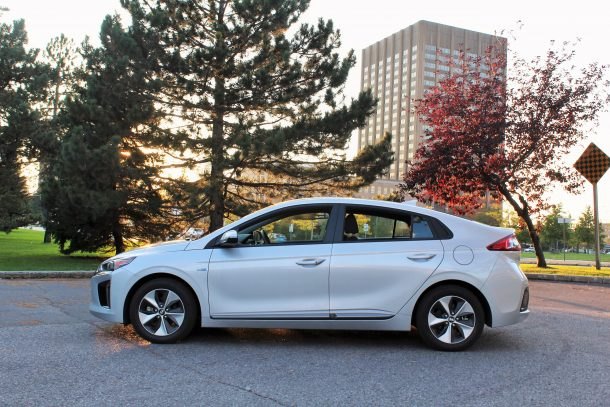
















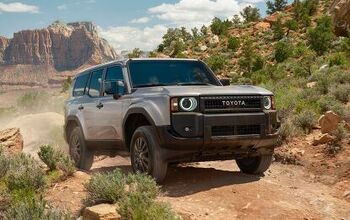
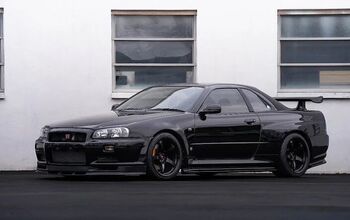







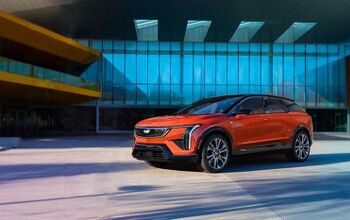


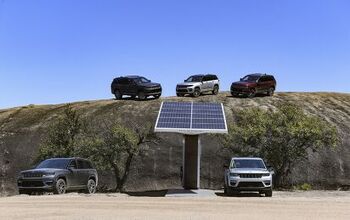

Comments
Join the conversation
I missed this yesterday. It's absurd. By this reasoning, all cars should have some minimum noise threshold? Presumably a Rolls is very quiet at idle/low speed. Is it too quiet? So stupid.
I can hardly wait for all the "disturbing the peace" calls to police because an EV is obeying the speed limit.